I am attempting pretty much the same thing as the OP of this question in Xcode7.
My end goal is to have a vertical StackView with two child views: one that occupies 70% of the parent's height, and one that occupies the remaining 30%.
I followed the instructions in the post I linked. I selected the child view (which is a GMSMapView) and the parent StackView and checked the equal heights box in the Pin constraints menu. That worked just fine and dandy. However, when I edited that constraint from the GMSMapView's size inspector and changed the multiplier to .7, suddenly I get a conflicting constraints error!
Here is a picture of the scene I am working on right now:

And here is a picture of the error:
Does anyone know how to resolve these conflicts? I tried turning off Autoresize Subviews but I am not sure that worked since I can't delete some of the constraints displayed in the error message.
